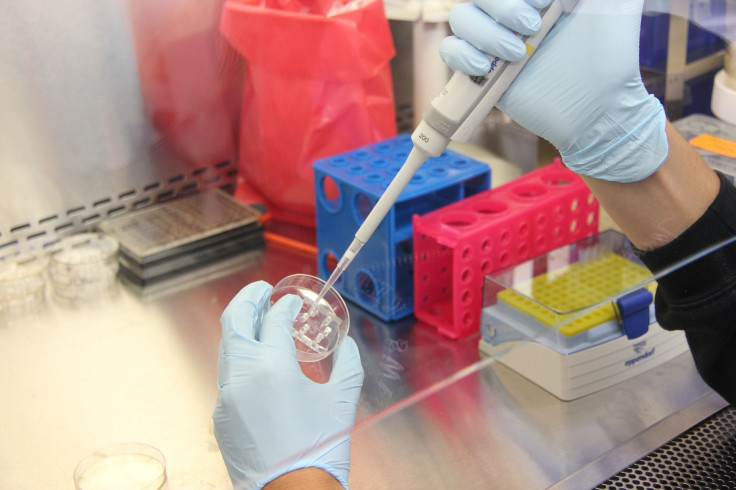CanSAR, The Biggest Cancer Drug Database, Is Now 3-D: How Big Data Can Help Fight Cancer

As the number of cancer cases around the world rise, the need for effective cancer drugs also becomes more important. And as cancer continues to evade us, relentlessly finding novel ways to avoid treatment, researchers work tirelessly to understand its every detail— and develop new, stronger drugs to attack it.
Just in the past few months, researchers have developed new therapies for lung cancer and breast cancer, and designed an experimental drug that can employ the immune system against the disease. In the past year, there have been several breakthroughs in cancer treatment. Despite all of this innovation and the surge in our understanding of cancer, however, researchers are still struggling to find ways to defeat it.
Now, researchers can access the canSAR database, a huge 3-dimensional pool of Big Data that provides them with information about cancer drugs, chemicals, and molecular structures — all in the hopes of improving cancer therapy designs. In a new study, the researchers described how canSAR — which just recently achieved its 3-dimensional feature — will now be more effective in improving drug development.
“Scientists need to find all the information there is about a faulty gene or protein to understand whether a new drug might work,” Dr. Bissan Al-Lazikani, a researcher in computational biology at the Institute of Cancer Research in London and a developer of canSAR, said in the press release. “These data are vast and scattered, but the canSAR database brings them together and adds value by identifying hidden links and presenting the key information easily.”
Launched in 2011, the canSAR database was developed at the Cancer Research UK Cancer Therapeutics Unit at the Institute of Cancer Research. The goal was to create a massive database that would map how millions of drugs impact human proteins and molecules, then combine that with information about genes and clinical trial results. The end product would be a huge pool of data that would help scientists design new cancer treatments.
Now, the database provides 3-dimensional models of the structures of 110,000 molecules, as well as the cavities that exist on their surfaces. These 3D structures provide scientists with the ability to identify the cavities on cancer-causing molecules, then create new drugs to attack them.
“Our database is constantly growing with information and is the largest of its kind — with more than 140,000 users from over 175 countries,” Al-Lazikani said in the press release. The database is available for free for researchers all over the world. “And we regularly develop new artificial intelligence technologies that help scientists make predictions and design experiments. Our aim is that cancer scientists will be armed with the data they need to carry out life-saving research into the most exciting drugs of the future.”
Big Data is used in medicine to help design precision medicine therapies and to predict epidemics, among plenty of other things. In cancer, the culmination of genetic, molecular, chemical, and other data in one large database will give doctors the chance to tailor and improve their therapies for individual patients.
"This database makes masses of detailed scientific information about cancer available to scientists all over the world, and will speed up crucial advances in drug discovery -- ultimately saving more lives,” Dr. Kat Arney, science information manager at Cancer Research UK, said in the press release. “Finding new treatments for cancer can be a long and expensive process, so anything that cuts times and costs will help to bring the next generation of therapies to patients even sooner."
Source: Tym J, Mitsopoulous C, Coker E, Razaz P, Schierz A, Antolin A. canSAR: an updated cancer research and drug discovery knowledgebase. Nucleic Acids Research, 2015.



























